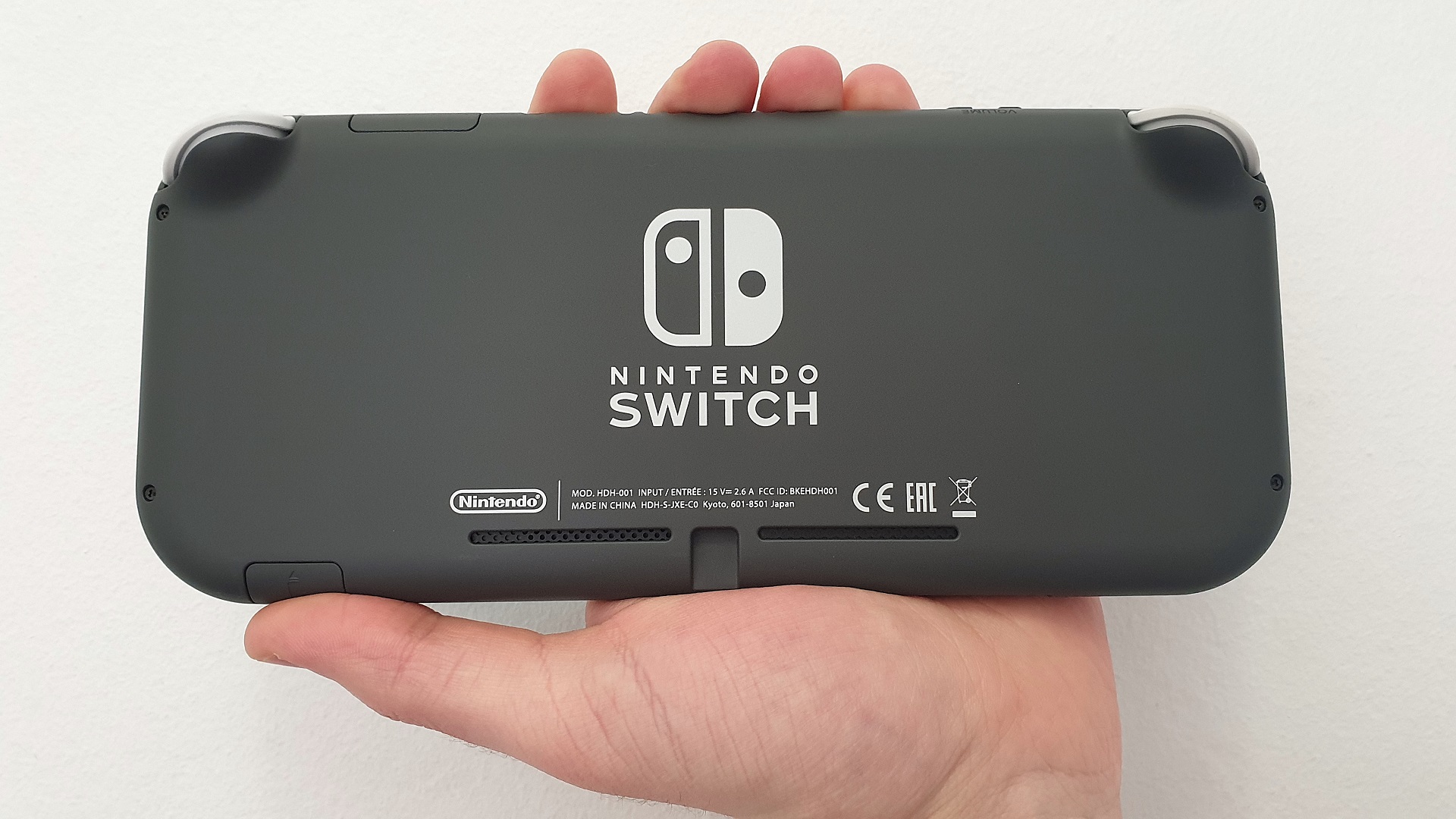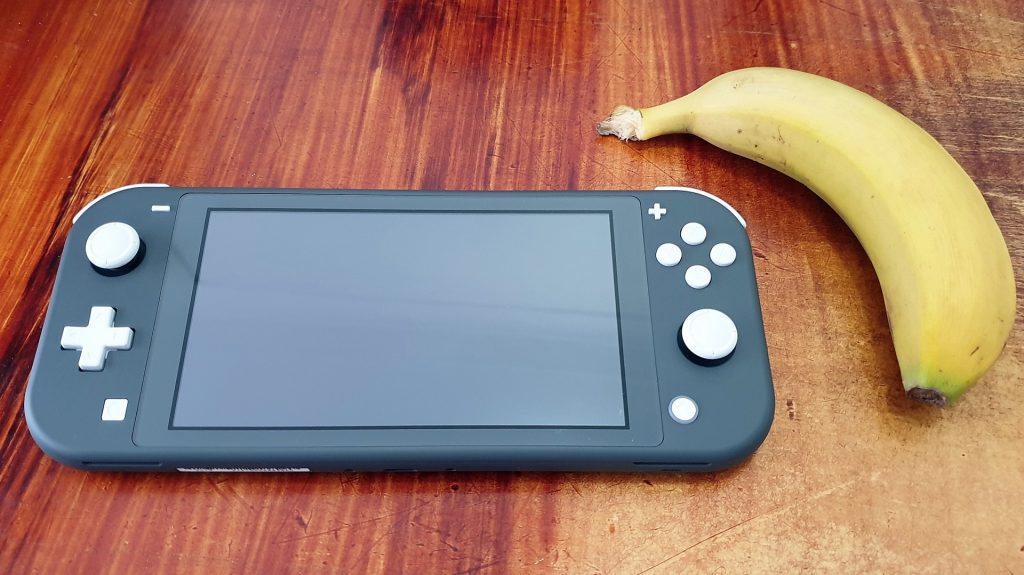The topic of what exactly a review is – and what it should and should not include – is a rather heated debate. We’re not going to get into that today, but we do think that a review should include some comparison between what you get when you open the box, and what the claims the manufacturer has made about the product before then.
Looking at the Nintendo Switch Lite through that lens is rather interesting, because it’s just about exactly what is promised on paper, with no big surprises whether positive or negative.
So what does Nintendo say about their new console revision? When compared to the OG Switch, the Lite is meant to be a portable-only device, ditching the ability to dock and connect to a larger display. In return for this omission the Switch Lite is smaller, lighter (liter?), ditches removable Joy-Cons, and is significantly cheaper.
Here in South Africa that price difference is R2 000. Going off of the prices listed by the distributor, the OG Switch is selling for R5 999, while the Switch Lite is R3 999.
While that saving does only buy you two AAA games, it is large enough to make the purchase more tolerable, and really goes far to getting the console into more hands, especially those of kids.
Once in your hands, regardless of their size, it’s a bit surprising just how small the Lite is. Sure, you can read the dimensions and the weight provided by Nintendo for the two consoles, but having the console in your hands is something else.
It may seem a bit ridiculous, but it’s helpful here to compare the Lite to a modern phone and not its predecessor console. The Samsung Note 9 (our daily driver) is 161.9 X 76.4 X 8.8 millimetres and 201 grams. The Switch Lite is 91.1 X 208 X 13.8 millimetres and around 275 grams.
With one in either hand – our pocket, as the Switch Lite can fit in some pairs of pants – the two are very comparable. We bring this up because the original Switch really didn’t fit into this category. Sure it was portable, but it was on the extreme side that almost always required a carrying case.
The fact that the Switch Lite feels closer to a modern larger phone really hammers home how it was shrunk.
This weight loss also helps out when it comes to ergonomics. Both Switch consoles are completely flat with no external grips or protrusions to hang onto. That’s why many players, ourselves definitely included, experience actual pain when playing for more than a very short play session. The original Switch, in our case, would cause noticeable aching in our forearms after about 40 minutes of play.
The Switch Lite, while the same basic shape, goes a long way to remove this problem as there’s noticeably less weight supported precariously while you play. A grip or case is still highly recommended, but it just feels more comfortable in the hands.
Aiding this is a different kind of plastic shell that feels less premium, but more pleasant to the touch. This, combined with the input changes, are going to be a big deal breaker for those looking to buy this new console.
The face buttons here, when compared to the first Switch, have noticeably more travel and feel like they require more time to register a press. The shoulder buttons feel a bit more stiff but are comparable to the ones on the original, and the joysticks feel the same. These changes aren’t any better or worse, they’re just different and anyone using them will get accustomed rather soon.
We have to stop off on the topic of joysticks, because drift and other issues plagued the first Switch. This is an ongoing problem and, should it be present in the Lite, will be a bigger problem as the entire console would need to be repaired instead of the singular Joy-Con.

Unfortunately, since the launch of the Lite, reports of the drift problems carrying over have been coming in. if this continues and proves to be widespread, it would be a massive reason to avoid this console for now.
Until that happens it’s worth looking at some other parts of the console, such as the screen which is slightly smaller than the original (6.2 inches versus 5.5 inches) while still retaining the 1280 X 720 resolution. Due to the smaller size the pixel density is moderately higher, but when in use this is barely noticeable.
One change we really wanted to see here was a glass screen. As a console more inclined to be chucked into a backpack, the chances of permanently damaging the soft plastic screen here is very high. A screen protector solves this issue, but glass really should have been used here.
Another change we would have liked is better quality audio. The speaker system here is surprisingly loud, but tinny at every volume.
And, well, that’s just about it. Nintendo really didn’t offer up anything here that you couldn’t glean from reading its specs or the handy comparison table to the original console.
The Switch Lite really is the best handheld parts of the original console, with the unnecessary parts for that experience stripped out. If you love the Switch but have a dock gathering dust, you may want to make the change. If you’re new to the system, don’t want to spend as much, or you’re looking for something for the kids to play without a TV, we really can’t think of a reason not to get a Switch Lite.
Well, except for the stick drift issue. It really does throw a spanner into the works of giving an enthusiastic recommendation here, as we really did enjoy the review unit Nintendo sent us, and we’ll be sad to see it go once we give it back, despite the fact that we already own the original Switch.
With the holiday season coming up and the Switch Lite being on top of many people’s lists for presents to themselves or others, all we can recommend is keeping you ear to the ground for future stick problems. If they don’t creep up, and you fall into those camps mentioned above, then this is a solid buy.


